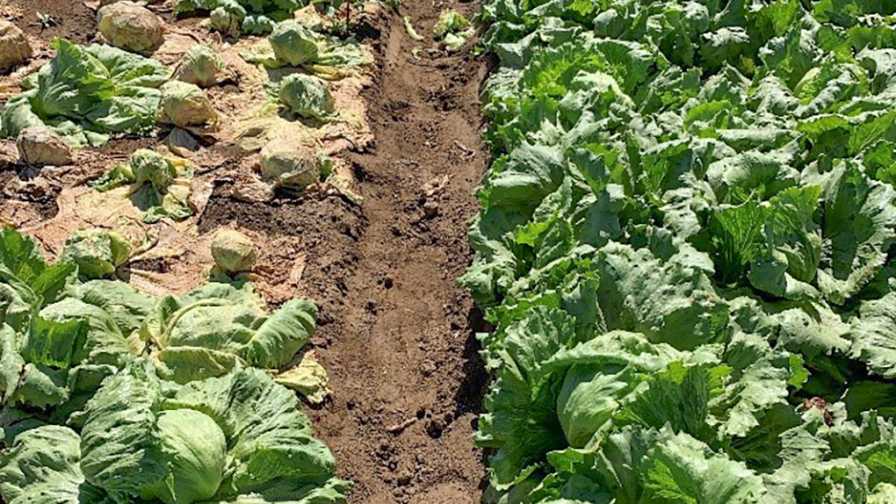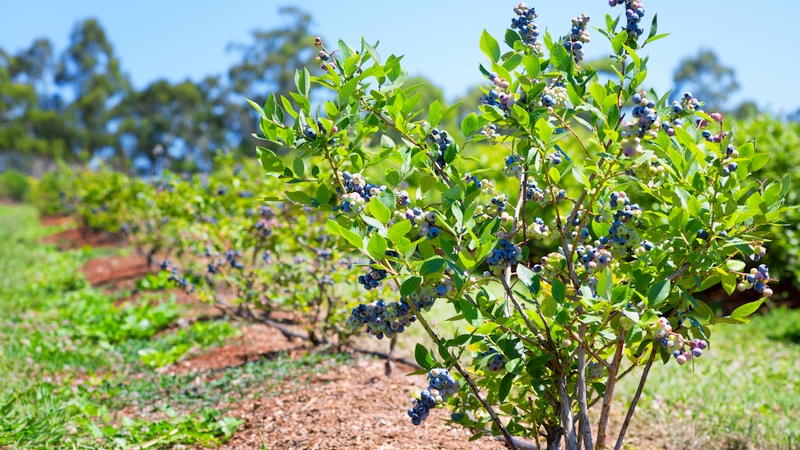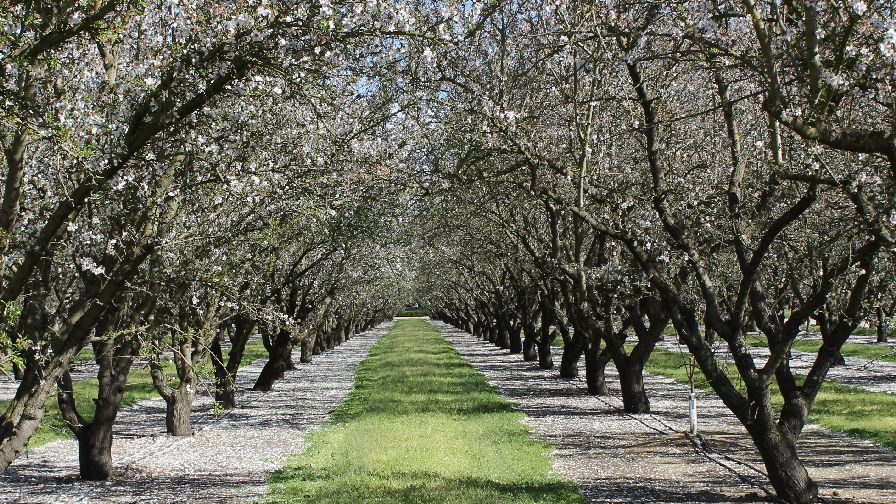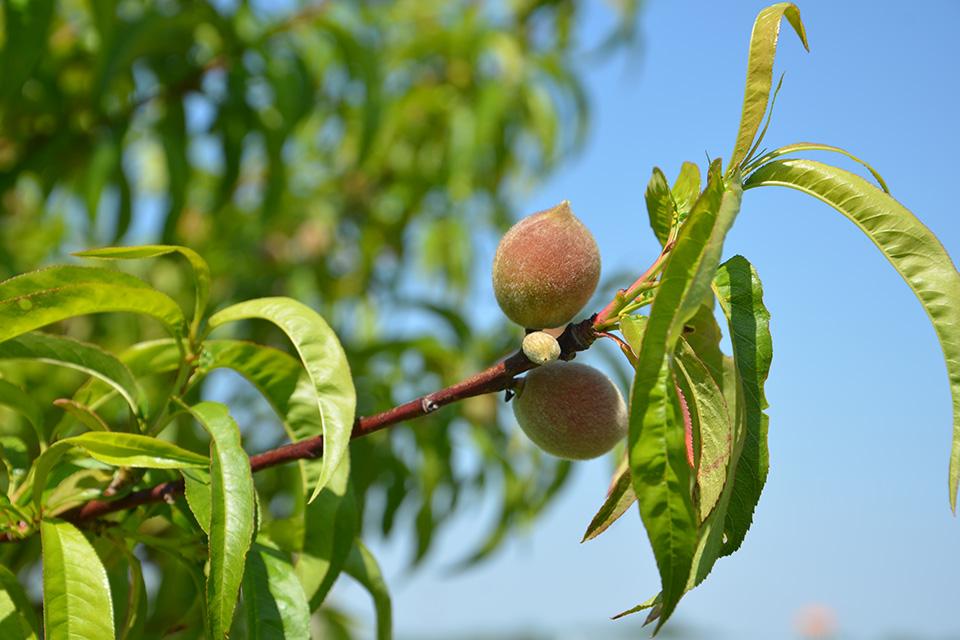Using Hogs To Control Plum Curculio
Casting pearls before swine may be a waste of time, but drop some apples in front of them and they may prove to be a valuable asset in an organic apple orchard.
Jim Koan, owner of AlMar Orchards in Flushing, MI, has been working with Michigan State University (MSU) researchers to see if allowing hogs to graze on dropped apples can help control plum curculio. This first year of the project has revealed that hogs may offer a variety of advantages to an organic orchard.
“Plum curculio comes into an orchard in the spring and lays eggs in the fruit, and the resulting worms, or larvae, develop in the apples, causing many to drop off the tree in mid-June or July,” says David Epstein, tree fruit specialist with the MSU Integrated Pest Management Program. “The larvae exit the apple and tunnel into the soil before emerging as adults to start a summer generation.
“What the hogs do is interrupt that cycle,” he says. “If timed properly, they eat those dropped apples before the larvae have a chance to go into the soil and develop into adults.”
Koan brought three 150-pound Berkshire hogs (two sows, one boar) into the orchard. Of 30 piglets farrowed, 27 survived.
For three weeks during the June drop period, dropped apples were counted to quantify how many apples fall to the orchard floor. The pigs were rotated into the orchard to feed for two to three days and then removed. Again, apple counts were done to determine what the pigs left behind. Rarely were any dropped apples found.
“80% to 90% of their food was apples, supplemented with organic corn,” Koan says. “They loved the June drops, with the piglets liking them best. The hogs would lie around while the piglets would scurry from tree to tree as one group to feed.”
In comparison, the orchard areas where no hogs were grazed had five times the curculio damage as the grazed areas. In addition, Koan noticed the hogs’ rooting around the apple trees saved him from having to rototill around each tree to suppress weeds in the grazed organic orchard. The pigs will graze through the orchard once again this winter.
Makin’ Bacon
Dale Rozeboom, MSU animal scientist, monitored the orchard herd’s reproduction, health, and nutrition for the project. One of the major challenges with a foraging diet of apples is getting enough protein.
“The pigs born last spring are not up to market weight yet, likely a result of plenty of exercise. Otherwise they seem to be very healthy,” Rozeboom says. “We’ve only observed light numbers of parasites in collected fecal samples.”
In a controlled experiment conducted at MSU, Rozeboom fed plum curculio larvae to three-month-old pigs and collected and washed all feces to confirm that ingestion by pigs was lethal to the larvae. Of more than 250 larvae fed over a six-day period, no live plum curculio and only the remains of one dead larva were found.
“This was an encouraging first year for the project,” Epstein says. “One of the issues we want to look at further is the optimal number of pigs needed per acre to control plum curculio.”
The research is funded through a grant by the USDA Integrated Organic Program. Epstein is also funded partially by Project GREEEN (Generating Research and Extension to meet Economic and Environmental Needs), a cooperative effort between plant-based commodities and businesses together with the Michigan Agricultural Experiment Station, MSU Extension, and the Michigan Department of Agriculture.










